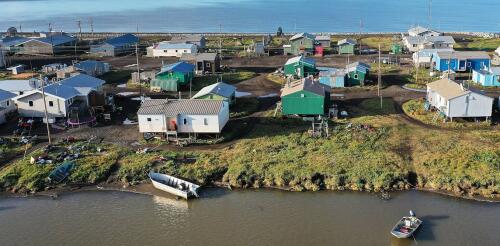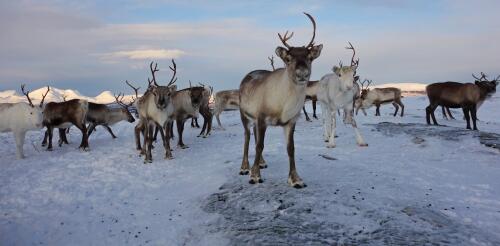Arctic ice
As winds and waves from Typhoon Merbok devastated communities along the coast of Western Alaska in 2022, Reppi Swan Sr.’s phone began to ring at Kivalina, a barrier island 80 miles above the Arctic Circle. A neighboring family had lost 3 feet of land to the rumbling lagoon, and their home was now sitting just 6 feet from the angry water’s edge. Reppi called his brother Joe Swan Jr. and quickly slid into his insulated rain gear. As a volunteer first responder, Reppi plans for emergencies like this. He and his wife, Dolly, had been patrolling the island for dangerous erosion every few hours during the storm. To prepare, he had already inspected the city’s heavy equipment and located a pile of boulders left over from a recent construction project. Working through the rain, Reppi delivered boulders to the threatened home. With their cousin Carl Swan serving as a spotter, Joe carefully arranged the boulders with a backhoe to stabilize the bank. It would hold at lea...
In the Arctic, the freedom to travel, hunt and make day-to-day decisions is profoundly tied to cold and frozen conditions for much of the year. These conditions are rapidly changing as the Arctic warms. The Arctic is now seeing more rainfall when historically it would be snowing. Sea ice that once protected coastlines from erosion during fall storms is forming later. And thinner river and lake ice is making travel by snowmobile increasingly life-threatening. Ship traffic in the Arctic is also increasing, bringing new risks to fragile ecosystems, and the Greenland ice sheet is continuing to send freshwater and ice into the ocean, raising global sea level In the annual Arctic Report Card, released Dec. 13, 2022, we brought together 144 other Arctic scientists from 11 countries to examine the current state of the Arctic system. Some of the Arctic headlines of 2022 discussed in the Arctic Report Card. NOAA Climate.gov...

